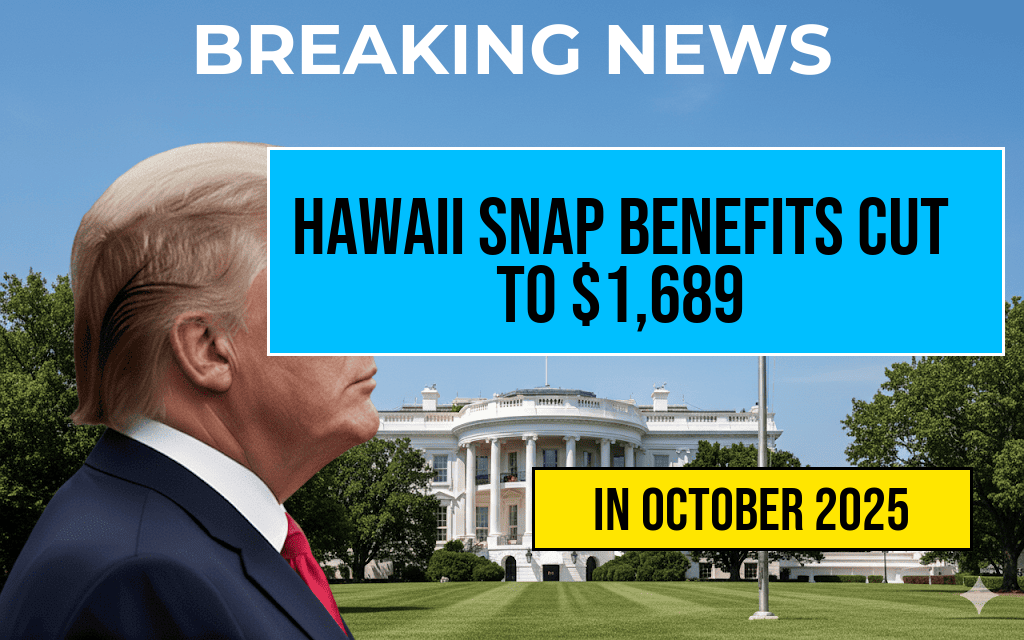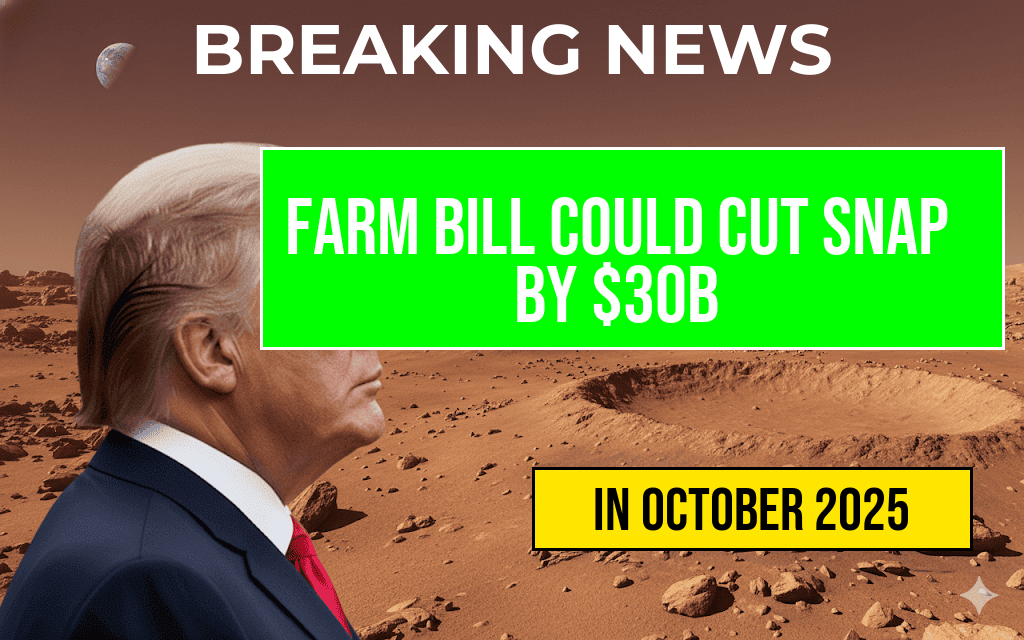In a significant move to bolster food security for low-income households, the U.S. Department of Agriculture (USDA) has announced an increase in the minimum benefit for the Supplemental Nutrition Assistance Program (SNAP) to $24 per month. This adjustment, effective immediately, aims to provide much-needed financial support to families struggling to afford nutritious food. The increase comes as many Americans face continued economic challenges, including rising food prices and inflation. With this change, an estimated 1.3 million individuals will benefit from the additional support, helping them to make healthier food choices and reduce food insecurity in their communities.
Understanding SNAP and Its Impact
The Supplemental Nutrition Assistance Program, commonly known as SNAP, is a federal initiative designed to assist low-income individuals and families in purchasing food. The program plays a crucial role in reducing food insecurity, which affects millions of Americans. With the recent increase in the minimum benefit, eligible participants will now receive a minimum of $24 each month, which is intended to help cover basic nutritional needs.
Who Will Benefit from the Increased Minimum Benefit?
The increase in the SNAP minimum benefit is poised to assist a wide range of individuals and families, particularly:
- Low-Income Families: Households with limited financial resources will find the additional $24 beneficial in purchasing healthier food options.
- Individuals Living Alone: Single individuals who rely on SNAP for their grocery needs will see a direct increase in their monthly benefits, helping them maintain a balanced diet.
- Senior Citizens: Elderly individuals on fixed incomes often struggle to afford nutritious meals, making this increase particularly impactful.
- Children: Families with children will find that the additional funds can help ensure children receive adequate nutrition, which is crucial for their growth and development.
Economic Context of the SNAP Increase
The decision to raise the minimum SNAP benefit comes amid ongoing economic challenges. Inflation has surged in various sectors, particularly in food prices, which have risen significantly over the past year. According to the USDA Economic Research Service, food prices increased by an average of 8% in 2022, with some categories, such as dairy and meat, experiencing even steeper hikes. This economic backdrop underscores the necessity of providing additional support to vulnerable populations.
The Broader Implications of Increased SNAP Benefits
While the immediate impact of the increased minimum benefit is clear, the broader implications for communities and local economies deserve attention. Increased SNAP benefits can lead to:
- Enhanced Local Economies: As families receive more support, they are likely to spend the additional funds at local grocery stores, thereby stimulating local economies.
- Improved Health Outcomes: Access to nutritious food can lead to better health outcomes, reducing long-term healthcare costs for both individuals and the public health system.
- Reduced Food Insecurity: With the additional support, households are better equipped to meet their nutritional needs, contributing to a decrease in food insecurity rates nationwide.
Eligibility and Application Process
To qualify for SNAP benefits, individuals must meet specific income and resource criteria. Generally, applicants need to be within 130% of the federal poverty level. For a household of four, this equates to an income of approximately $36,000 annually. The application process varies by state, but interested individuals can apply online or contact their local SNAP office for assistance. For detailed eligibility requirements, visit the USDA Food and Nutrition Service.
Conclusion
The increase of SNAP’s minimum benefit to $24 marks a pivotal step in addressing food insecurity among low-income Americans. As the program adapts to the changing economic landscape, millions of individuals and families stand to gain from this much-needed support. By providing additional financial resources, the USDA aims to foster healthier communities and improve the quality of life for those most in need.
Frequently Asked Questions
What is the new minimum benefit amount for SNAP?
The new minimum benefit amount for SNAP has been increased to $24 per month, providing additional support for eligible individuals and families.
Who qualifies for the increased SNAP benefits?
Individuals and families who meet the income and resource guidelines set by the SNAP program may qualify for the increased minimum benefit, including those who previously received lower amounts.
How will the increase in SNAP benefits impact low-income households?
The increase in SNAP benefits to $24 per month will help alleviate food insecurity for low-income households, allowing them to purchase more nutritious food and improve their overall well-being.
When did the SNAP minimum benefit increase take effect?
The SNAP minimum benefit increase to $24 took effect on [insert specific date if available], benefiting eligible participants starting from that date.
Where can I find more information about SNAP eligibility and benefits?
For more information about SNAP eligibility, benefits, and application processes, you can visit the official SNAP website or contact your local SNAP office for assistance.





